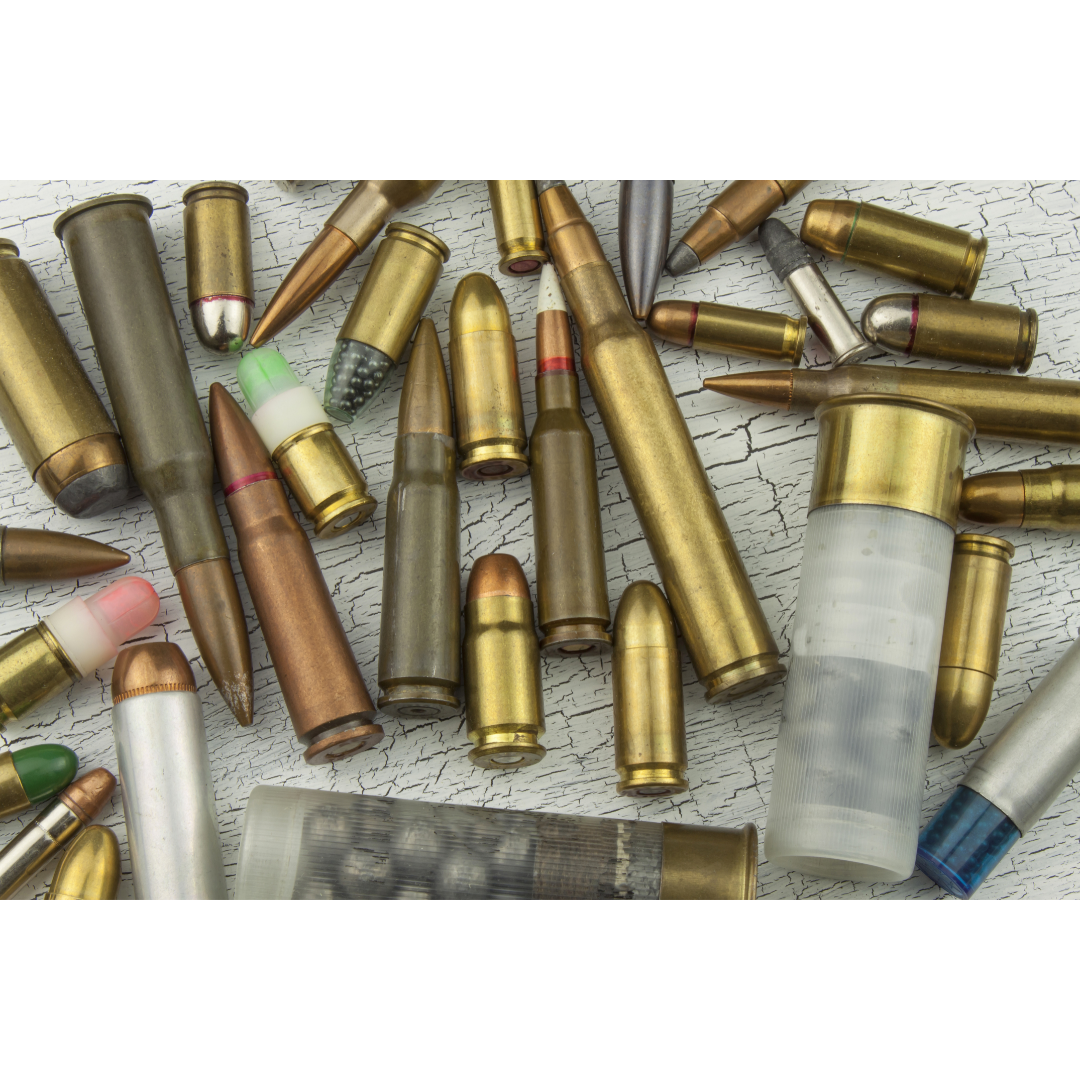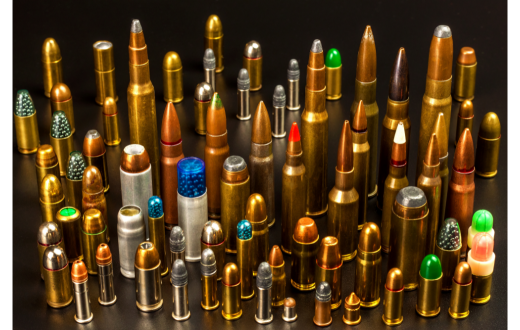Ammunition serves as the lifeblood of firearms, enabling them to fulfill their purpose effectively. From handguns to rifles, understanding the different types and components of gun ammunition is crucial for enthusiasts, hunters, and responsible firearm owners alike. In this blog post, we will delve into the fascinating world of gun ammunition, exploring its various types, components, and providing insights on how to make the right selection for your shooting needs.
Understanding Ammunition Types:
Gun ammunition comes in various types, each designed for specific purposes and firearms. Let’s explore three common categories:
a) Full Metal Jacket (FMJ) Ammunition:
FMJ ammunition is widely used for target shooting and military applications. It features a lead core enclosed by a harder metal casing, such as copper or brass. FMJ rounds are known for their penetration and ability to maintain their shape upon impact, making them ideal for target practice and training exercises.
b) Hollow Point (HP) Ammunition:
Hollow point ammunition is designed for self-defense and hunting. Its distinctive feature is the hollowed-out tip, which causes the bullet to expand upon impact, creating a larger wound channel and transferring more energy to the target. The expansion also reduces the risk of over-penetration, making hollow points a popular choice for concealed carry and personal protection.
c) Shotgun Shells:
Shotgun ammunition, or shotgun shells, are unique in their construction. They consist of a plastic or paper casing containing multiple small lead or steel pellets called “shot.” Shotguns are versatile firearms capable of firing various loads, including birdshot for hunting small game, buckshot for self-defense, and slugs for hunting larger game at greater distances.
Components of Ammunition:
To better understand ammunition, it’s essential to familiarize ourselves with its key components:
a) Primer:
The primer is a small, sensitive explosive located at the base of the cartridge. When struck by the firing pin, it ignites and creates a flame, which in turn ignites the propellant.
b) Propellant:
The propellant, commonly known as gunpowder, is responsible for generating the energy needed to propel the bullet out of the firearm’s barrel. Different types of propellants exist, including smokeless powders, which are the most commonly used today due to their efficiency and cleaner burning characteristics.
c) Bullet:
The bullet is the projectile that is propelled downrange. It is typically made of lead or a lead-core surrounded by a jacket made of copper or other metals. Bullet designs vary greatly, ranging from round-nose for target shooting to hollow points for self-defense and specialized designs for specific hunting applications.
d) Casing:
The casing, also referred to as brass, is the container that holds all the components together. It serves as the framework for the round and provides structural integrity. In some cases, casings can be reloadable, allowing shooters to reuse them with new components.
Choosing the Right Ammunition:
Selecting the appropriate ammunition for your firearm depends on several factors:
a) Purpose:
Consider the intended use of your firearm. Are you practicing at the range, hunting, or using it for self-defense? Each application requires specific ammunition types tailored to achieve optimal performance.
b) Caliber:
Ensure you choose ammunition that matches the caliber specified by your firearm’s manufacturer. Using incorrect calibers can result in severe damage or malfunction.
c) Local Laws and Regulations:
Stay informed about your local laws and regulations regarding ammunition. Some regions may have restrictions on certain types of ammunition or bullet designs.
d) Quality and Reliability:
Choose ammunition from reputable manufacturers known for producing consistent and reliable products. Quality ammunition enhances accuracy, reliability, and overall shooting experience.


